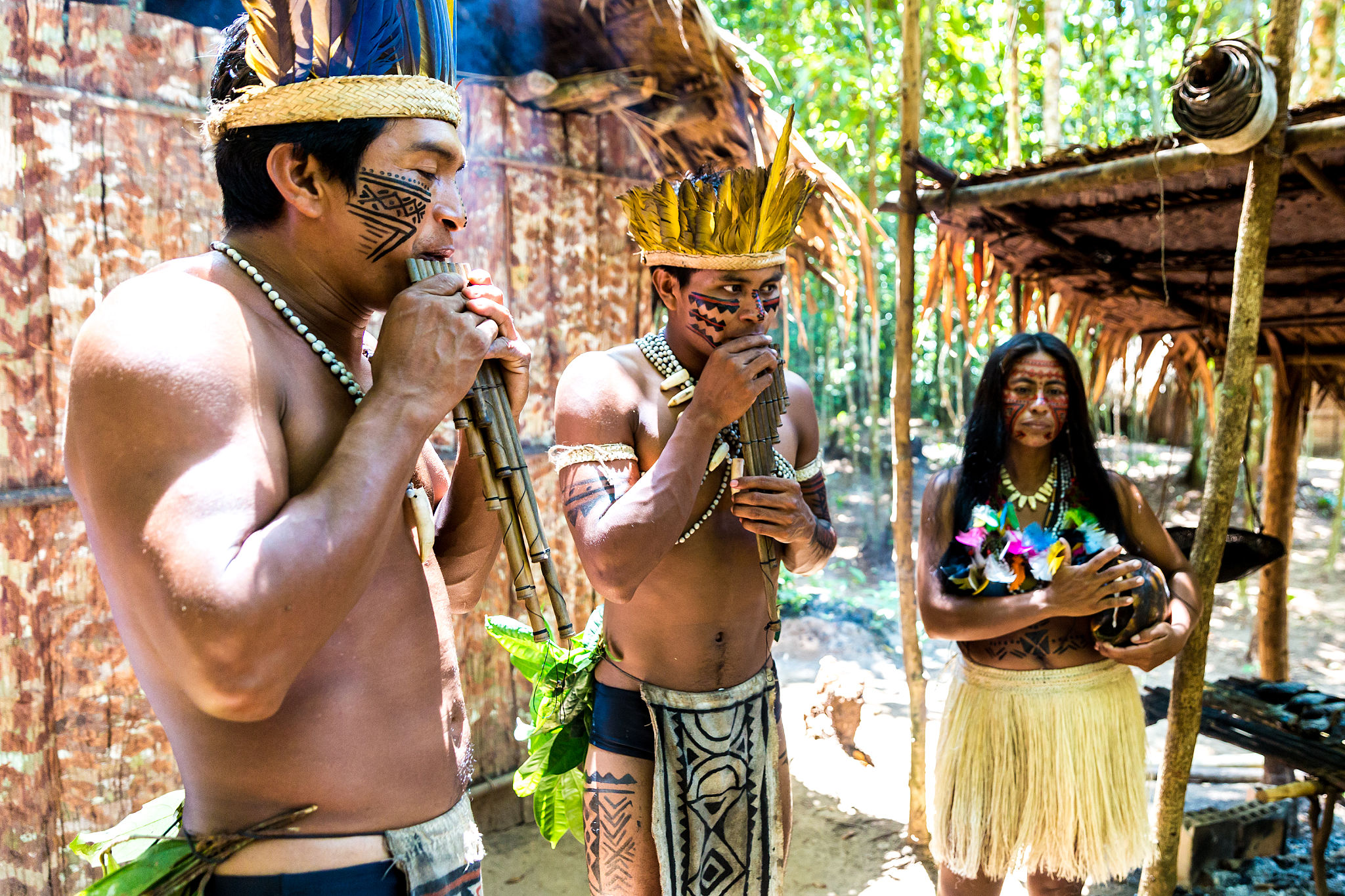Exploring Traditional Algoma Indigenous Practices
Introduction to Algoma Indigenous Practices
Algoma, a region rich with history and culture, is home to a vibrant Indigenous community that has preserved its traditions for generations. These practices are not only a cornerstone of their identity but also provide a deep connection to their ancestors and the land. Understanding these customs offers a unique insight into the values and beliefs that have shaped the Algoma Indigenous peoples for centuries.

The Role of Storytelling
Storytelling is a fundamental aspect of Algoma Indigenous traditions. It serves as a means of passing down knowledge, history, and morals from one generation to the next. These stories are often shared during gatherings and ceremonies, where elders impart wisdom through tales that reflect the community's values and connection to nature.
In these narratives, animals and natural elements frequently play key roles, symbolizing various traits and teachings. This method of storytelling not only educates but also entertains, making it an effective way to ensure the continuity of cultural knowledge.
Ceremonial Practices and Rituals
Ceremonies hold a special place in Algoma Indigenous culture, marking important events such as births, marriages, and seasonal changes. These rituals often involve music, dance, and symbolic gestures that represent the unity between individuals, the community, and the natural world.

One notable ceremony is the Pow Wow, a vibrant gathering that celebrates cultural heritage through traditional dance and music. Participants don elaborate regalia, which are often handmade and hold personal significance. These events foster a sense of community and pride among participants and spectators alike.
The Importance of Traditional Crafts
Traditional crafts are another essential component of Algoma Indigenous practices. Skills such as beadwork, basket weaving, and carving are passed down through generations, often taught by elders to younger members of the community. These crafts serve not only as artistic expressions but also as practical tools for daily life.
For example, birchbark canoes are a testament to the ingenuity and resourcefulness of Indigenous peoples. These lightweight vessels are expertly crafted to navigate the region's waterways, demonstrating a profound understanding of local materials and environments.

Preservation and Modern Challenges
Preserving these traditional practices in the face of modern challenges is an ongoing effort for Algoma's Indigenous communities. Factors such as urbanization, climate change, and cultural assimilation pose threats to the continuity of these customs.
Efforts to preserve these traditions include educational programs that teach younger generations about their heritage. Many communities have established cultural centers that serve as hubs for learning and sharing traditional knowledge with both Indigenous and non-Indigenous people.
The Role of Nature in Spirituality
The natural world holds immense spiritual significance for Algoma Indigenous peoples. Their practices often reflect a deep respect for the environment, emphasizing harmony and balance with nature. This connection is evident in ceremonies that honor the changing seasons and in daily practices that promote sustainability.

By maintaining their traditional ways, Algoma Indigenous peoples continue to foster a profound relationship with the land, ensuring that their cultural legacy endures for future generations.
Conclusion
Exploring Algoma's Indigenous practices offers valuable insights into a rich cultural heritage that has thrived for centuries. These traditions are not merely relics of the past but living expressions of identity and resilience. As we learn from these practices, we gain a deeper appreciation for the wisdom they impart and the enduring spirit of the Algoma Indigenous peoples.
